“The good Lord in His wisdom gave us five to 20 feet of overburden, which to a quarryman is a curse, But to a vineyard owner, it’s a lucky stroke.”
John Walker,
Former President & CEO of Walker Industries

How much stone do you need for your project? Use the Aggregates Calculator.
Progressing quarry rehabilitation and building sustainable long-term land use.
Land rehabilitation is nothing new to Walker’s aggregate division. It is a major component of the requirements set out by the Ministry of Natural Resources and Forestry for the operation of a quarry. Ongoing site plans must include rehabilitation plans. For Walker, sustainably contributing to society means rehabilitating its extracted quarry land to a suitable, if not better state than it was in prior to when operations began. This means taking the long view in implementing rehabilitation projects that make sense for its locations.
In 1999, John Walker had a vision to revolutionize quarry rehabilitation. That was the start of Edgerock Vineyard. The vineyard area, currently sitting on 26 acres of the quarry’s licensed property started on 10 acres of land at Vineland Quarry. The company extracted the area in the 1980s and rehabilitated it to agricultural land according to the site plans. With the quarry located in the heart of the Twenty Valley wine region, turning it into a vineyard just made sense. Through a partnership with the University of Guelph, Walker researched and developed a protocol for agricultural rehab and a successfully functioning vineyard was created on extracted land.

“The good Lord in His wisdom gave us five to 20 feet of overburden, which to a quarryman is a curse, But to a vineyard owner, it’s a lucky stroke.”
John Walker,
Former President & CEO of Walker Industries
29,435 Vines
as of 2020, producing enough grapes to fill almost 160,000 bottles of wine.18 Years
of successful grape harvest operating alongside an active quarry.Raising the bar
for rehabilitation practices in the aggregate industry.In 1999 during Phase 1 of the experiment, the remaining quarry overburden was moved and regraded to shape the vineyard’s south-facing slope. The unique slope allowed for an increase in sunlight for the vineyard as well as the moderation of wind and temperatures on the land. This made it possible to grow a variety of grapes not typically grown in the area at the time including Sangiovese, Syrah, Petit Verdot, Cabernet Sauvignon, Cabernet Franc and Merlot.
During Phase 2, soil was tested and amended and a cover crop was established. Phase 3 began in 2000 with the planting of 12,000 vines comprised of six red grape varieties. By the end of the growing season that year, the vines were well established.
The vineyard’s first harvest came in October 2002 and it has since continued to develop. The next 15 years saw an additional 16 acres of plantings, improvements including a drip irrigation system, and the introduction of a new compost product (produced by Walker’s environmental division) to enhance the growing process.
Over the years, grapes from Edgerock Vineyards have been used by many local wineries, some of whom are neighbours to the quarry. In early 2018, Walker Aggregates formed a new partnership with Vineland-based Megalomaniac Wines, with the winery set to purchase the year’s entire harvest. The partnership ensures that the winemaker can use local grapes to produce its wine, and allows Walker the opportunity to contribute to its community and economy in new and innovative ways.
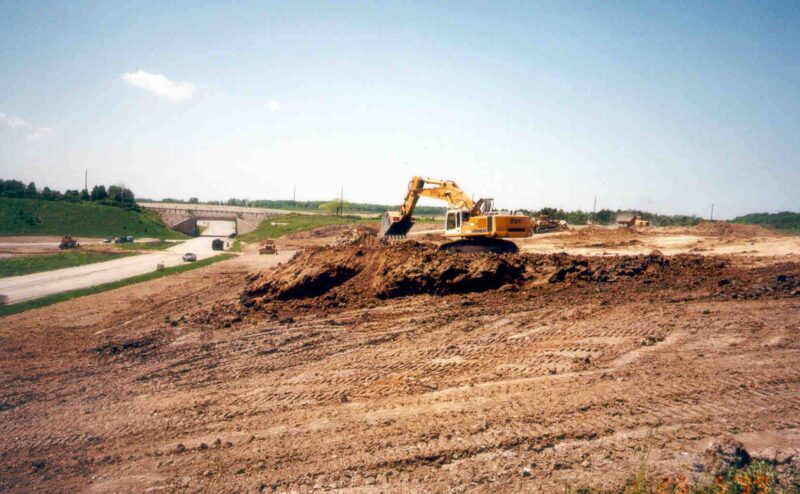
Site grading during Phase 1 of vineyard rehabilitation, May 1999.
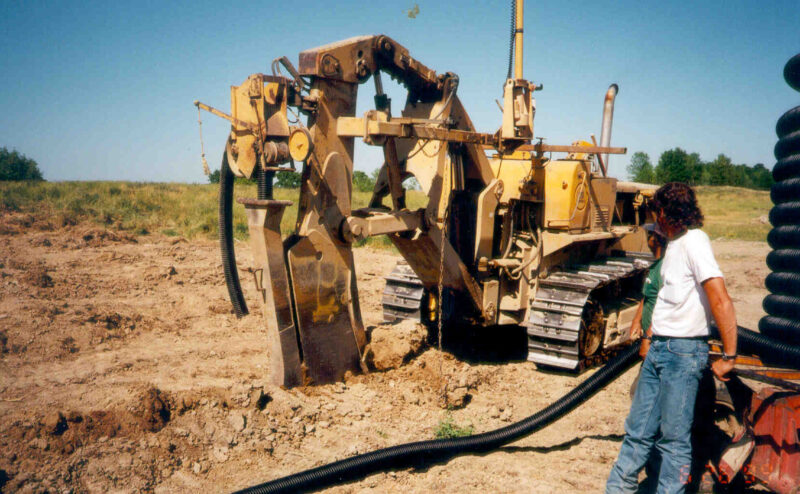
Installing tile drains in July 1999.
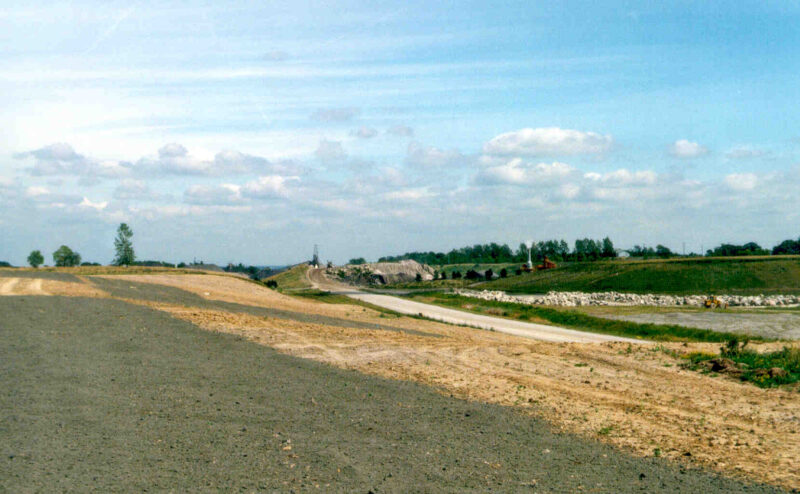
Biosolids application in July 1999.
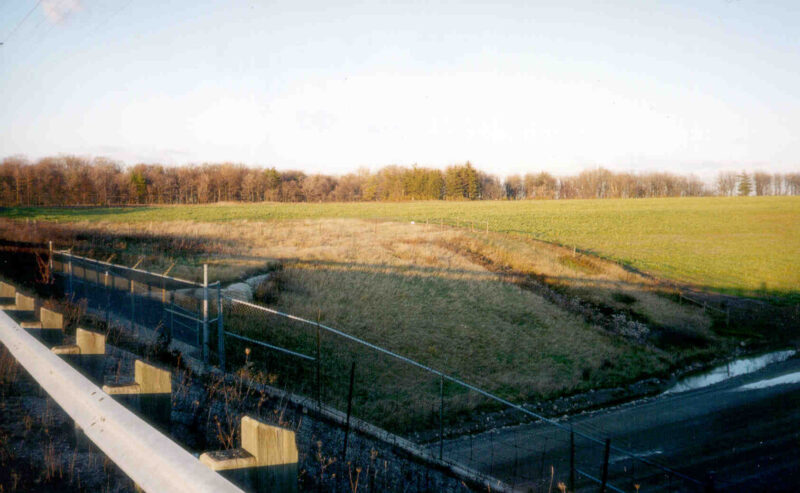
Cover crop established, October 1999.
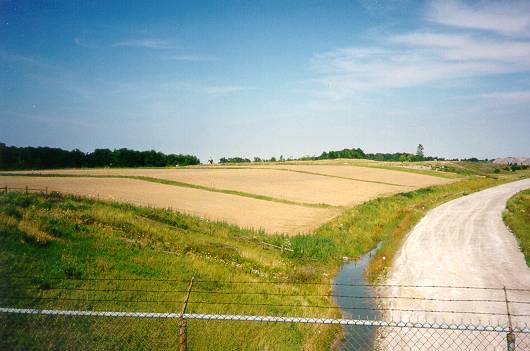
Vineyard in May 2000, before planting.
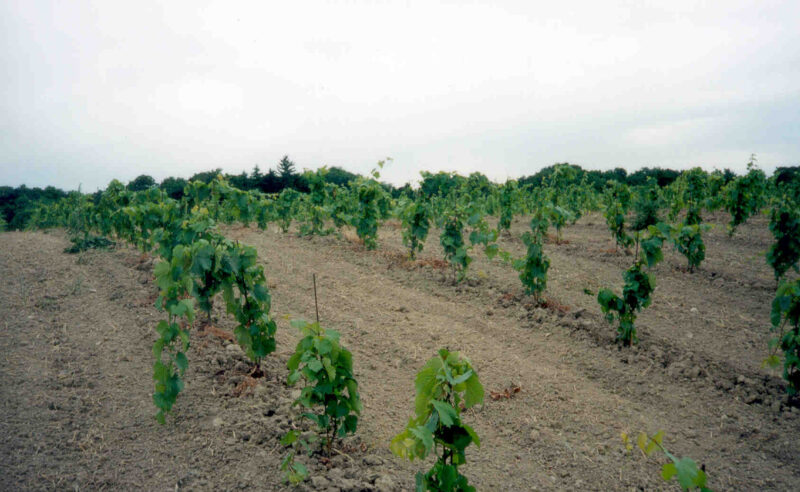
New plantings, June 2000.
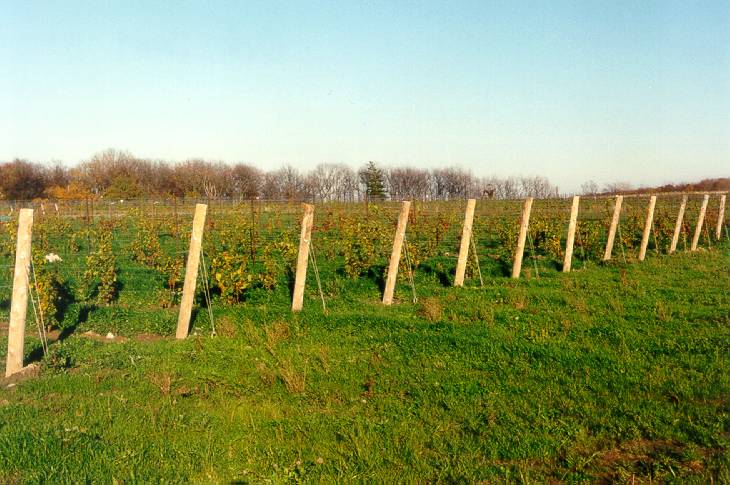
Trellis system installed, September 2001.
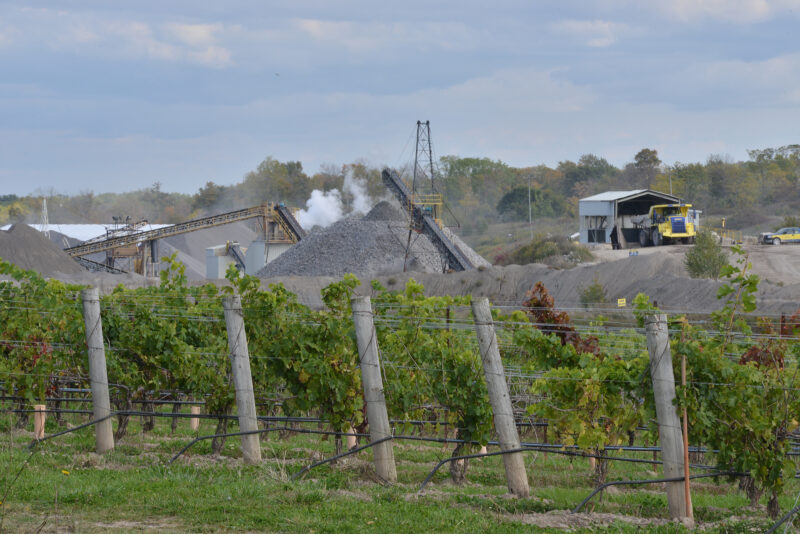
Edgerock Vineyard sits next to the fully operational Vineland Quarry.
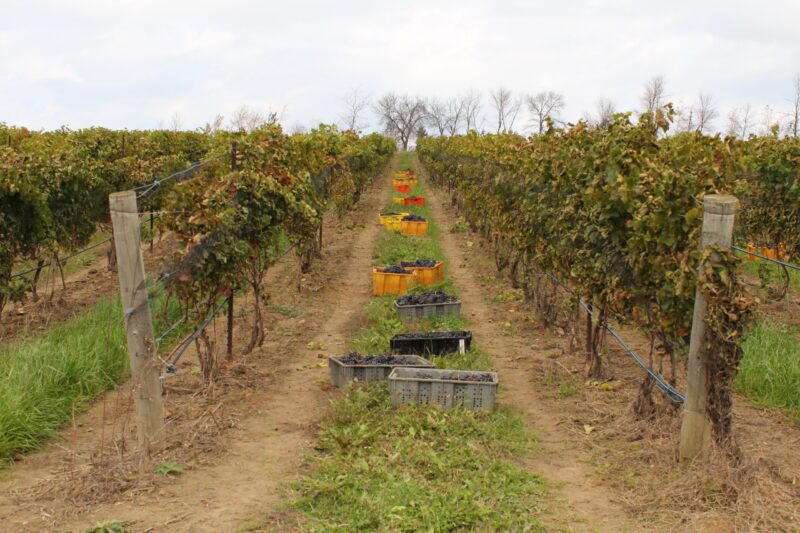
Edgerock Vineyard 2017 harvest.
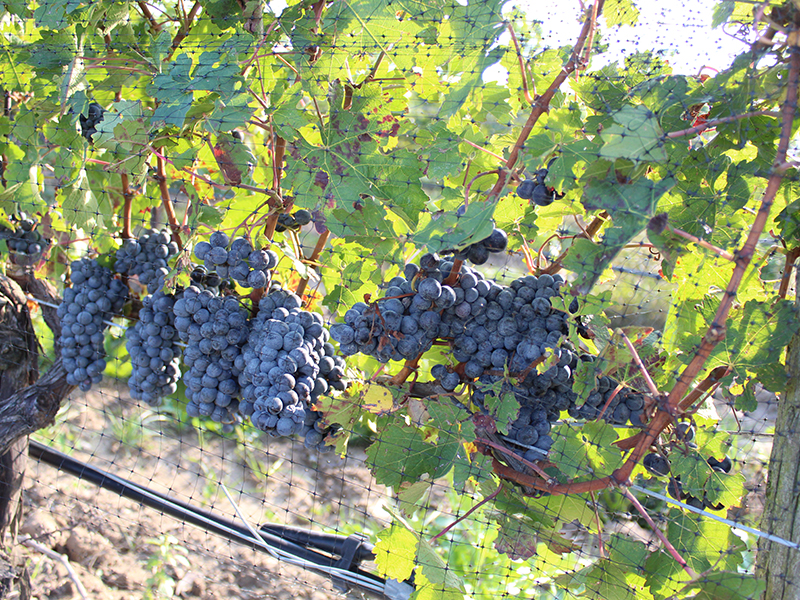
Edgerock Vineyard thriving today.
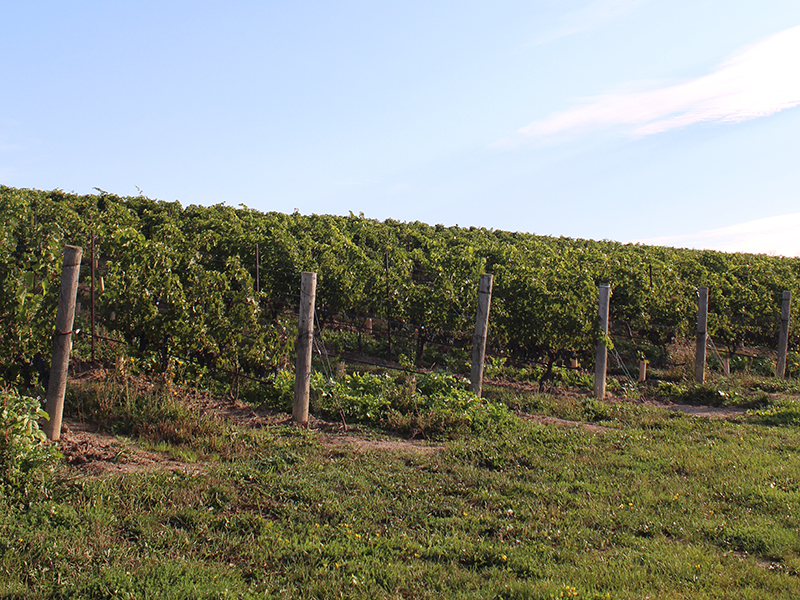
Edgerock Vineyard thriving today.
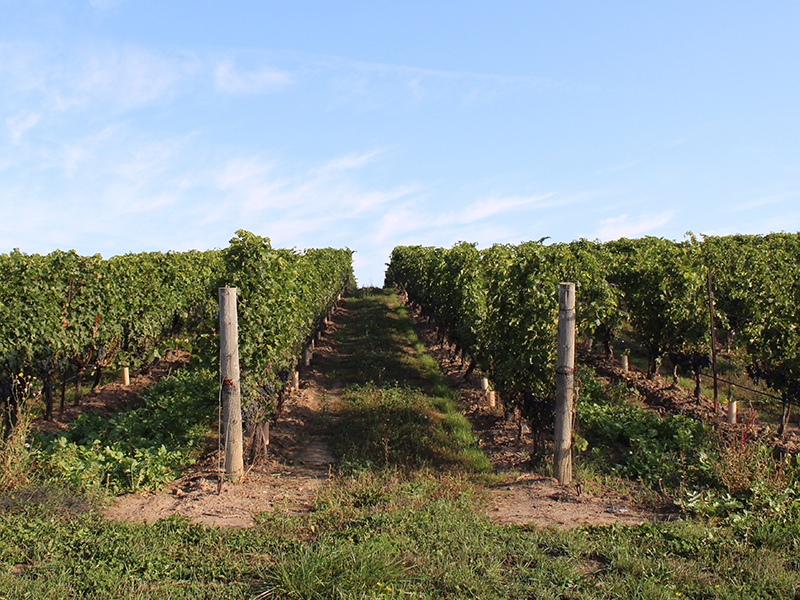
Edgerock Vineyard thriving today.
Walker is committed to progressive rehabilitation, restoring the extracted lands with topsoil and clay as soon as stripping it from the next extraction point. This works from an operational standpoint, but also makes rehabilitation for the benefit of the community and its land easier to accomplish in the long run.